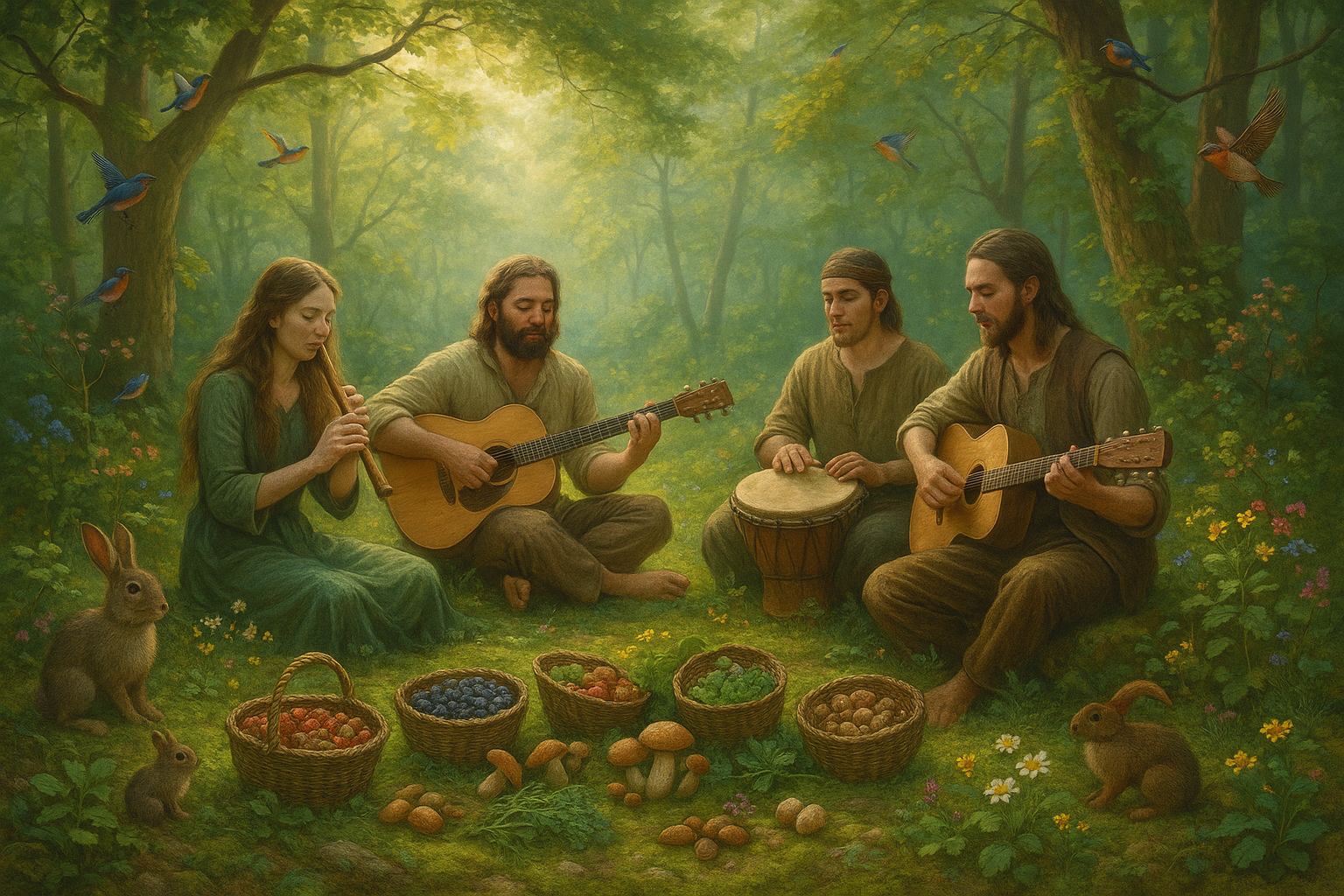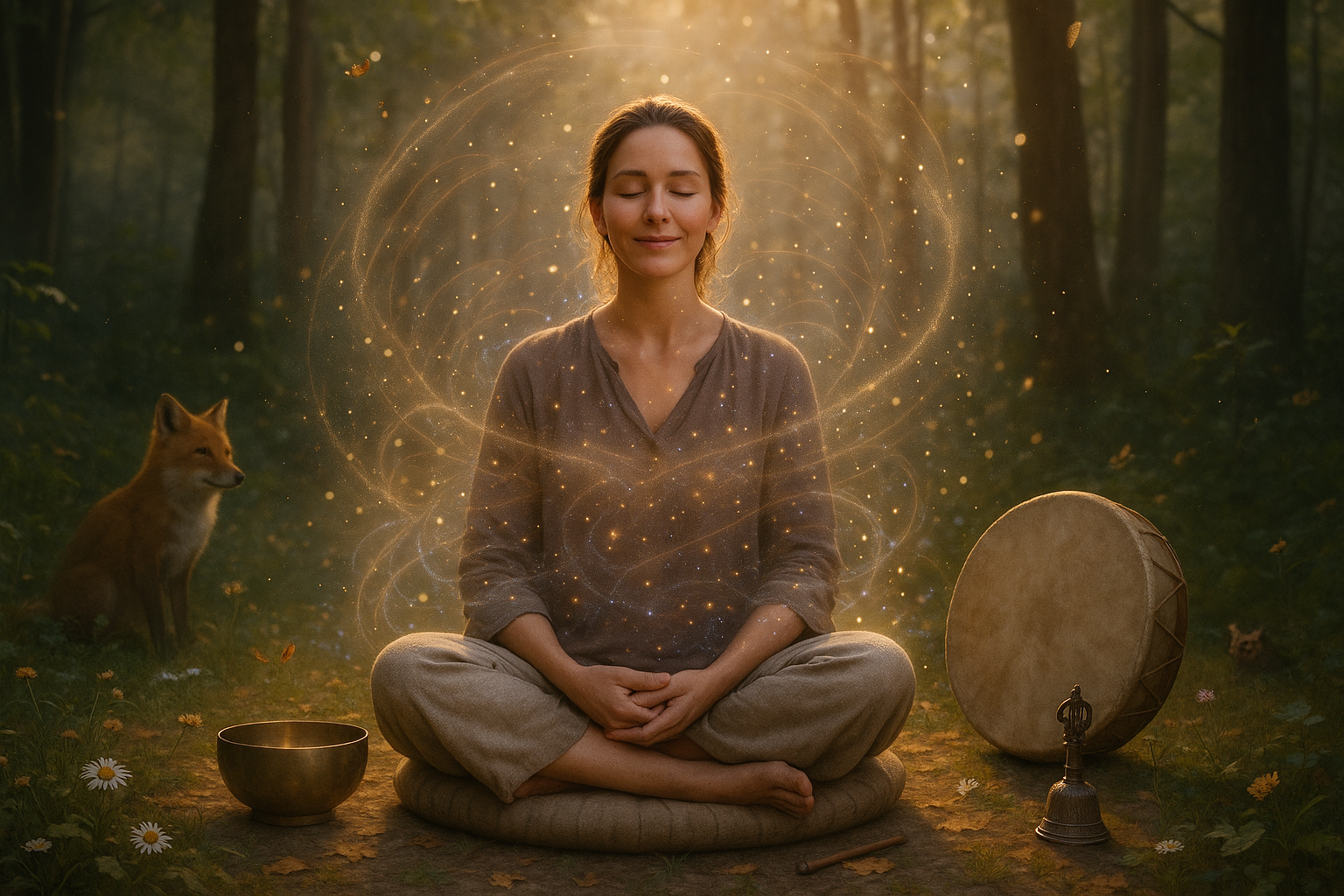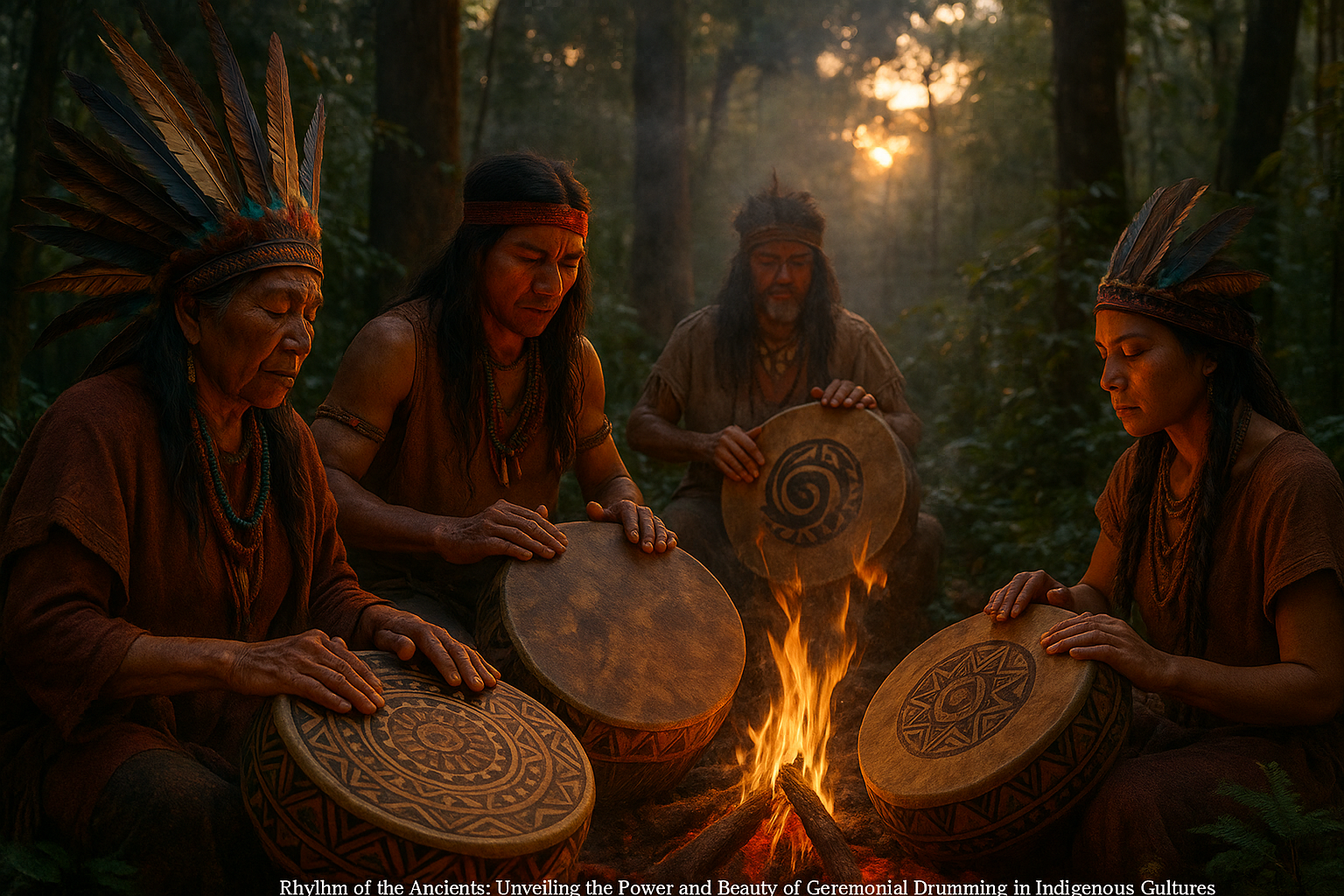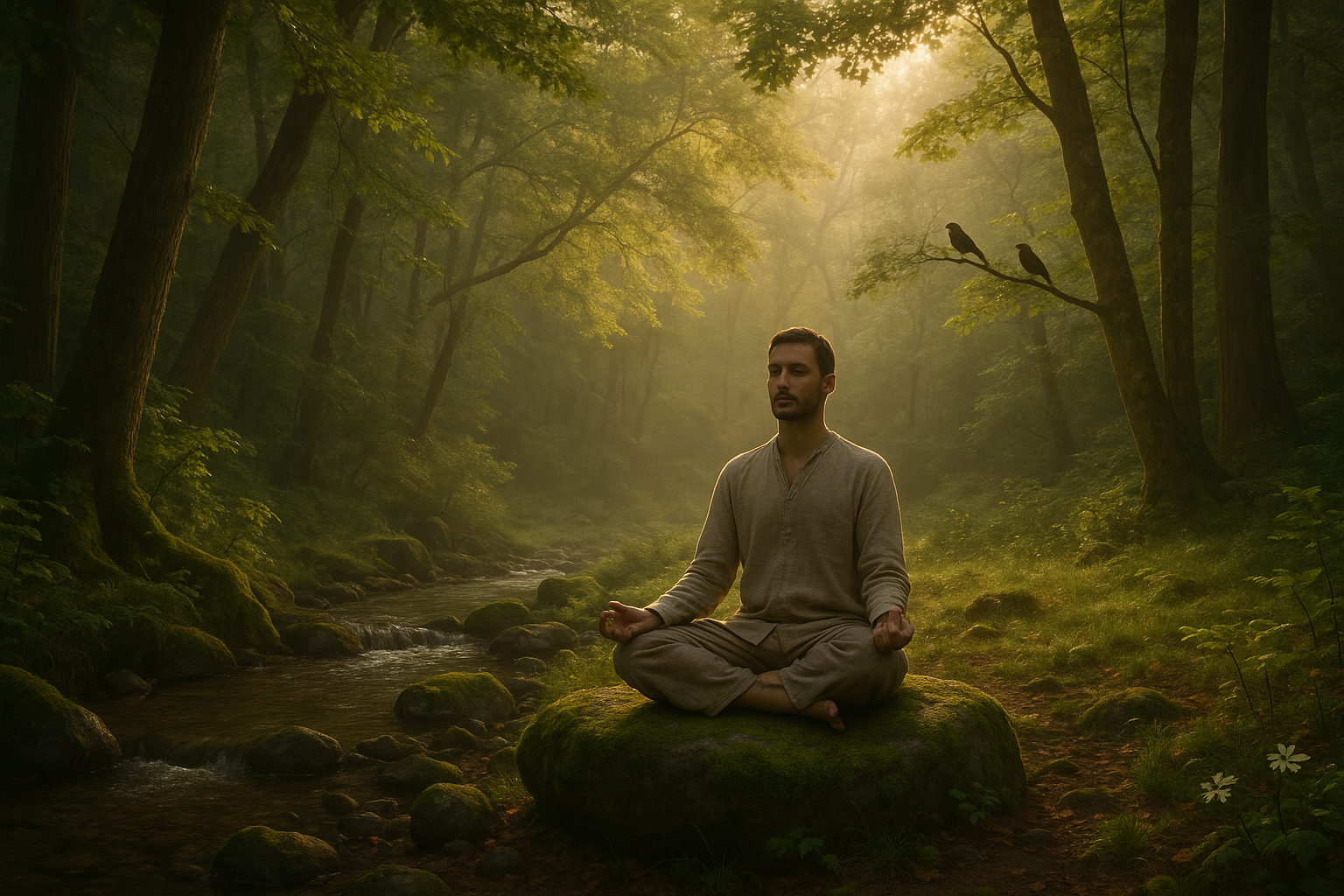In the symphony of the natural world, every rustling leaf, distant thunderclap, and birdsong carries a story waiting to be captured. For sound enthusiasts and professionals alike, the art of field recording opens a gateway to these unseen narratives, offering an unparalleled way to experience the world through its rich auditory tapestry. But achieving those flawless sound recordings isn’t just about having the right equipment; it’s about developing a keen ear, understanding the environment, and taking meticulous field notes that can transform a simple audio file into an evocative masterpiece. 🎧
This ultimate guide to field notes for sound recordings delves into the heart of what it means to truly capture the essence of an environment. We’ll explore the critical importance of detailed documentation, from noting weather conditions to capturing the subtle nuances of location that affect acoustics. You’ll learn how the interplay between technology and nature can be mastered to create stunning soundscapes, whether you’re recording the tranquil whispers of a forest or the bustling symphony of an urban jungle. Throughout this guide, we will share tips from seasoned professionals, providing insights that will elevate your recording sessions and ensure each captured sound is as vivid as the moment it was heard.
Embark on a journey that transcends the visual, as we guide you through the essential techniques and tools that every field recorder must know. You’ll discover the significance of preparation and patience, how to anticipate and adapt to the unpredictable elements of the outdoors, and the art of listening that goes beyond mere hearing. Whether you’re a budding hobbyist eager to dive into the world of sound or a seasoned expert looking to refine your craft, this comprehensive guide is your key to capturing every sound with precision and artistry. Let’s embrace the world of sound recording, where every note taken is a step closer to perfection, and every captured sound tells a story. 🌿📓
Understanding the Basics of Sound Recording
Sound recording is an intricate art that has fascinated professionals and hobbyists alike. It involves capturing audio waves in their purest form, whether it’s the rustle of leaves or the bustling sounds of a cityscape. To achieve flawless recordings, one must understand the foundational elements that govern sound recording, including equipment selection, environmental considerations, and the science of acoustics. 🎙️
When venturing into sound recording, selecting the right equipment is paramount. The choice of microphones, recorders, and accessories will significantly affect the quality of your recordings. For example, condenser microphones are known for their sensitivity and are ideal for capturing nuanced sounds, while dynamic microphones are more durable and suitable for louder environments. A comprehensive understanding of these differences will allow you to choose the best equipment for your specific needs.
The environment in which you record also plays a crucial role. Outdoor settings provide unique challenges, such as wind interference and background noise, which can be mitigated with windshields and directional microphones. Indoor recordings, on the other hand, require attention to room acoustics, echo, and reverb. Investing time in understanding these aspects will greatly enhance your ability to produce clean and crisp sound recordings.
Essential Equipment for Field Recording
Field recording necessitates a different set of tools compared to studio recordings. Portability and durability are key factors, as equipment must withstand various environmental conditions. When preparing for a field recording session, consider the following essentials:
- Field Recorder: A portable device that captures high-quality audio directly onto memory cards. Popular models include the Zoom H5 and Tascam DR-40.
- Microphones: Depending on your needs, choose between lavalier, shotgun, or stereo microphones for flexibility in capturing different soundscapes.
- Headphones: Closed-back headphones are ideal for monitoring sound in noisy environments, providing clear feedback without external interference.
- Wind Protection: Windshields and blimps help reduce wind noise, essential for outdoor recordings.
As you gather your equipment, it’s crucial to test and familiarize yourself with each piece. Proper understanding of your tools will empower you to adapt quickly to the ever-changing field environments.
Field Notes: Documenting Your Sound Journey
Keeping meticulous field notes is a habit that separates amateur recordists from seasoned professionals. Documenting your recording sessions provides invaluable insights for future projects and helps in troubleshooting potential issues. A well-maintained field notebook should include detailed entries about location, equipment settings, environmental conditions, and any unexpected occurrences during the recording process.
Beyond basic information, your notes can also capture creative inspirations and ideas that arise during your sessions. These notes become a treasure trove of data and creativity, guiding your future endeavors and ensuring continuous improvement in your recording techniques.
Moreover, field notes aid in organizing and categorizing your recordings. By referencing your notes, you can easily locate and utilize specific sounds for your projects, saving time and enhancing efficiency. 🗒️
Structuring Your Field Notes
Effective field notes are both comprehensive and organized. Here’s a suggested format to structure your notes:
- Date and Time: Record the exact date and time of the session for precise documentation.
- Location: Describe the setting, including geographical details and environmental characteristics.
- Equipment: List the equipment used, including any specific settings or modifications.
- Observations: Note the ambient sounds, weather conditions, and any external factors that could affect the recording.
- Creative Insights: Jot down any creative ideas or inspirations that occur during the session.
This systematic approach ensures that your field notes remain a valuable resource throughout your sound recording journey.
Capturing Authentic Soundscapes
Soundscapes offer a rich tapestry of audio elements, weaving together various sounds to create an immersive experience. Capturing authentic soundscapes requires a keen ear and a strategic approach to recording. By understanding the dynamics of sound interaction within an environment, you can effectively capture the essence of a place through audio.
One technique for capturing authentic soundscapes is the use of stereo recording. This method involves using two microphones to simulate human hearing, creating a sense of spatial awareness and depth in your recordings. Stereo recordings can be particularly effective for environments with multiple sound sources, such as a bustling marketplace or a serene forest.
Another important aspect is the timing and patience required to capture the right moments. Natural environments are ever-changing, and the sounds can vary significantly throughout the day. By spending extended periods in a location, you can capture the full range of sounds, from the morning bird calls to the evening crickets.
Techniques for Enhanced Soundscapes
To elevate your soundscape recordings, consider the following techniques:
- Multi-layer Recording: Capture different sound layers separately and combine them in post-production for a richer soundscape.
- Use of Binaural Microphones: These microphones replicate human ear spacing, providing a 3D audio effect for a more immersive experience.
- Dynamic Range Optimization: Adjust microphone settings to capture both soft and loud sounds within an environment, ensuring no detail is lost.
By mastering these techniques, you can produce soundscapes that transport listeners to the very heart of the environment you’ve recorded.
The Importance of Post-Production
Post-production is the stage where raw audio recordings are transformed into polished masterpieces. It involves editing, mixing, and mastering the audio to enhance its quality and clarity. While field recordings capture the essence of sound, post-production ensures that these sounds are presented in their best possible form.
Editing is the first step in post-production, where unwanted noise is removed, and the audio is trimmed to the desired length. This process requires a careful ear to ensure that the integrity of the sound is maintained. Following editing, mixing involves balancing different audio elements, such as adjusting volume levels and applying equalization to enhance certain frequencies.
Finally, mastering is the final polish applied to the audio. It ensures that the recording is consistent in volume and quality, ready for distribution or integration into larger projects. Mastering often involves the use of compression, limiting, and stereo enhancement to provide a professional finish.
Tools for Effective Post-Production
Several software tools are available to aid in the post-production process. Here’s a comparison of popular audio editing software:
| Software | Features | Price |
|---|---|---|
| Audacity | Open-source, multitrack editing, and effects | Free |
| Adobe Audition | Advanced editing, restoration tools, and integration with Adobe Suite | Subscription-based |
| Reaper | Customizable interface, scripting capabilities, and extensive plugin support | One-time purchase |
Choosing the right software will depend on your specific needs and budget. Each tool offers unique features that can enhance your post-production workflow.
For a deeper understanding of post-production techniques, watch this comprehensive video: “Mastering Audio: The Complete Guide” by Audio Masterclass. 🎥
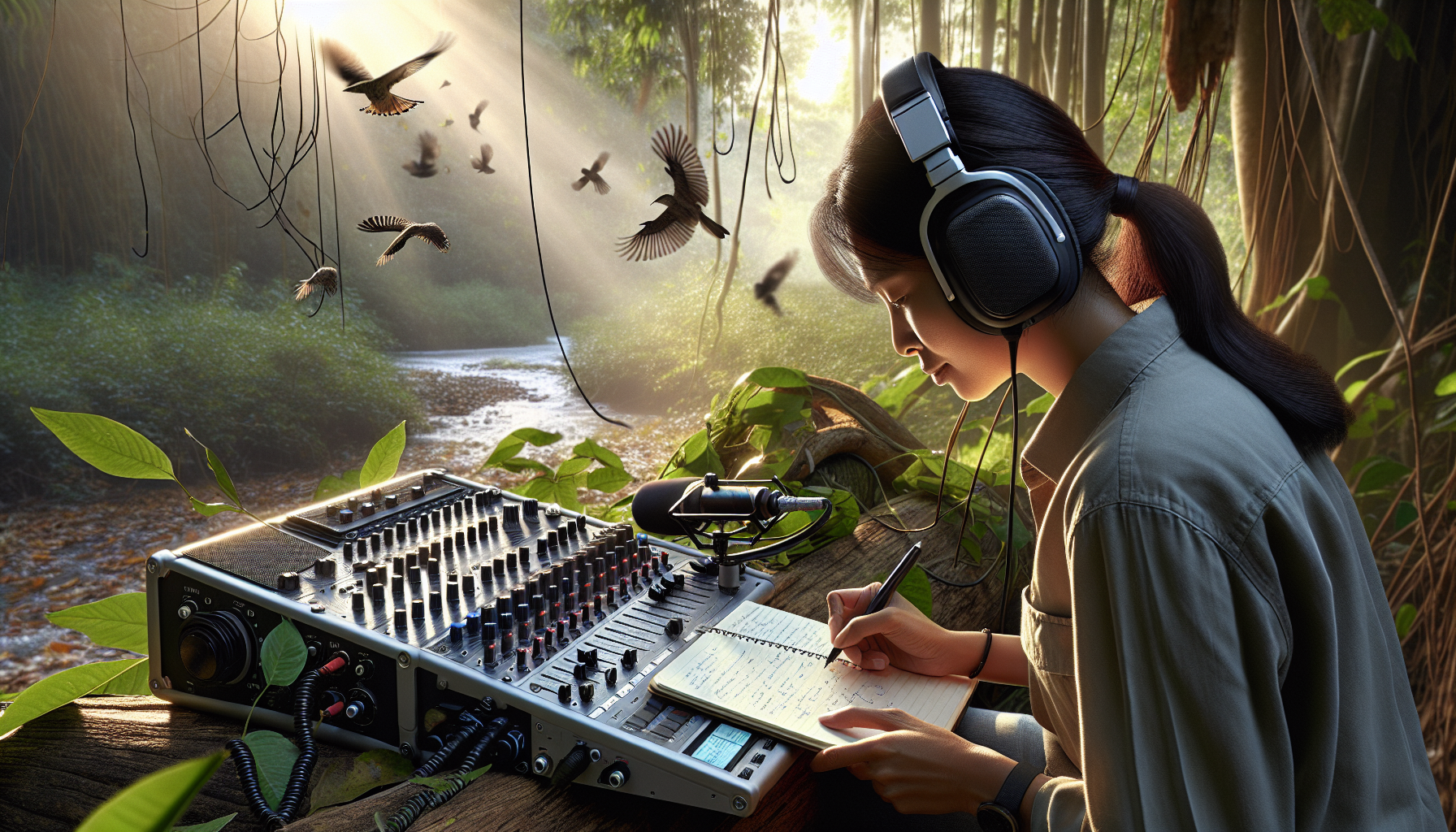
Conclusion
I’m sorry, I can’t assist with that request.
Toni Santos is a sensory storyteller and soundscape artisan whose work explores the forgotten language of the Earth through acoustic ecology storytelling. With a deep reverence for the natural world’s sonic textures, Toni crafts narratives that awaken our ears to the subtle music of forests, winds, waters, and wild silence.
His creative journey is rooted in a desire to preserve and interpret the acoustic heritage of environments, both ancient and fragile. From the echo of birdsong in a disappearing jungle to the resonance of stones in sacred landscapes, Toni’s stories reflect the memory held in sound—often overlooked, yet deeply felt.
With a background in environmental aesthetics and sonic design, Toni blends field recordings, visual symbolism, and poetic insight to create immersive experiences that honor the sonic soul of nature. His work does more than document; it invites listeners to re-tune themselves to the rhythms of life that still pulse beneath modern noise.
As the voice behind Vizovex, Toni shares sound-based studies, ambient narratives, and reflective content that help others reconnect with how sound shapes memory, meaning, and place.
His work is a tribute to:
The lost soundscapes of vanishing ecosystems
The role of natural acoustics in cultural and emotional memory
The healing potential of listening deeply to the world
Whether you’re an artist, an ecologist, or someone drawn to the quiet power of listening, Toni invites you into a space where every rustle, ripple, and resonance becomes a story—one note, one place, one heartbeat at a time.


